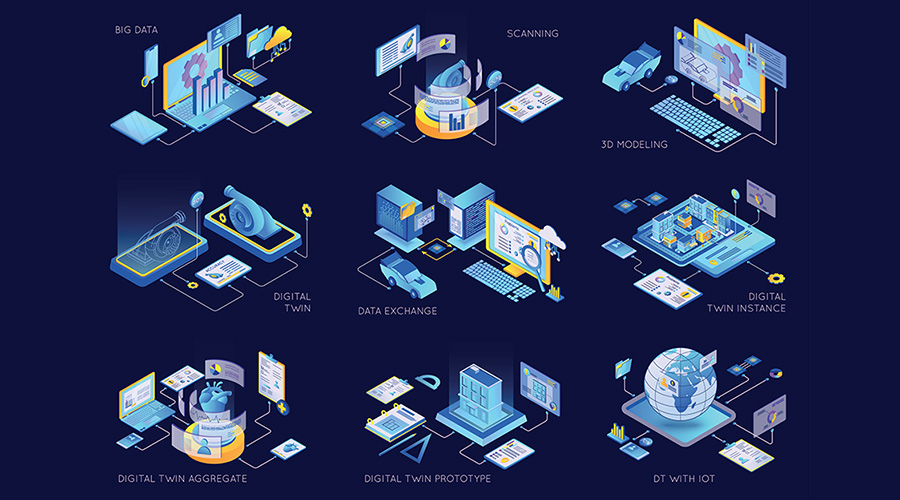CMMS: College Facilities Moving to Mobile
The issue of CMMS mobility for the University of San Diego will come to a head in the next few months as Carnot and her team complete the specification and implementation process that began in 2010. The software will support the activities of 157 full-time employees responsible for 93 buildings with 3.2 million square feet and more than 2,900 pieces of equipment.
"We are piloting different devices with our technician workforce," Carnot says, adding that the department initially is using devices that already were on campus, including iPads, iPad minis, and iPod Touches. "It was more important to put mobile devices in the hands of different types of technicians to see if they saw the value and to see if they saw how it can be used to make their work life better. The idea was, if it works, then we will narrow down our requirements for the mobile device we would be looking to deploy."
For the University of Nebraska Medical Center, the need for CMMS that enables mobility relates directly to campus growth.
"We're building new buildings right and left, with a research tower and a cancer center," says Katharine Susman, senior systems application programmer and analyst with the center's facilities management and planning department, adding that the university's vice chancellor needed a CMMS that could match his vision for maintenance on a growing campus. "What went hand in hand for him was to reorganize our work force, along with some of the structure and the leadership, and the software kind of went with that vision. He couldn't get what he needed with the existing software, so he wanted to replace it."
Susman's team is phasing in the software over the next year or so, and it ultimately will support the work of about 125 workers responsible for about 187 buildings on campus. One phase involves giving workers access to about 50 mobile devices, including iPads and iPad minis, so they can begin to feel comfortable using the devices daily.
"We want to get people used to the technology first so they don't feel overwhelmed, where the difference between system A and system B is night and day," Susman says.
For most departments, the expanding use of mobile devices goes beyond simply freeing technicians from their desks. Managers also are ensuring that new-generation CMMS give access to reliable data that in the end will help them make more informed decisions.
"Now, (technicians) can go around and create work order requests while they are still in the room," says Earl Reiner, facilities CMMS administrator with the division of housing with the facilities management department at the University of Wisconsin. "The CMMS allows them to attach photos right to the work order, if need be. So if there is a question of vandalism or mold, we have a picture that documents it."
The department, which includes 15 mechanics, 16 building supervisors, three managers and a director, is responsible for about 35 residence buildings on campus.
"We have three laptops they are using for maintenance, particularly individuals that are floats (and) are not assigned to a specific area," Reiner says. "Previously, they would go to that building and plug in where they could and get an update. Now, with the Wi-Fi application, they can just get on the web and see what's there and do everything they need to do."
Related Topics:













